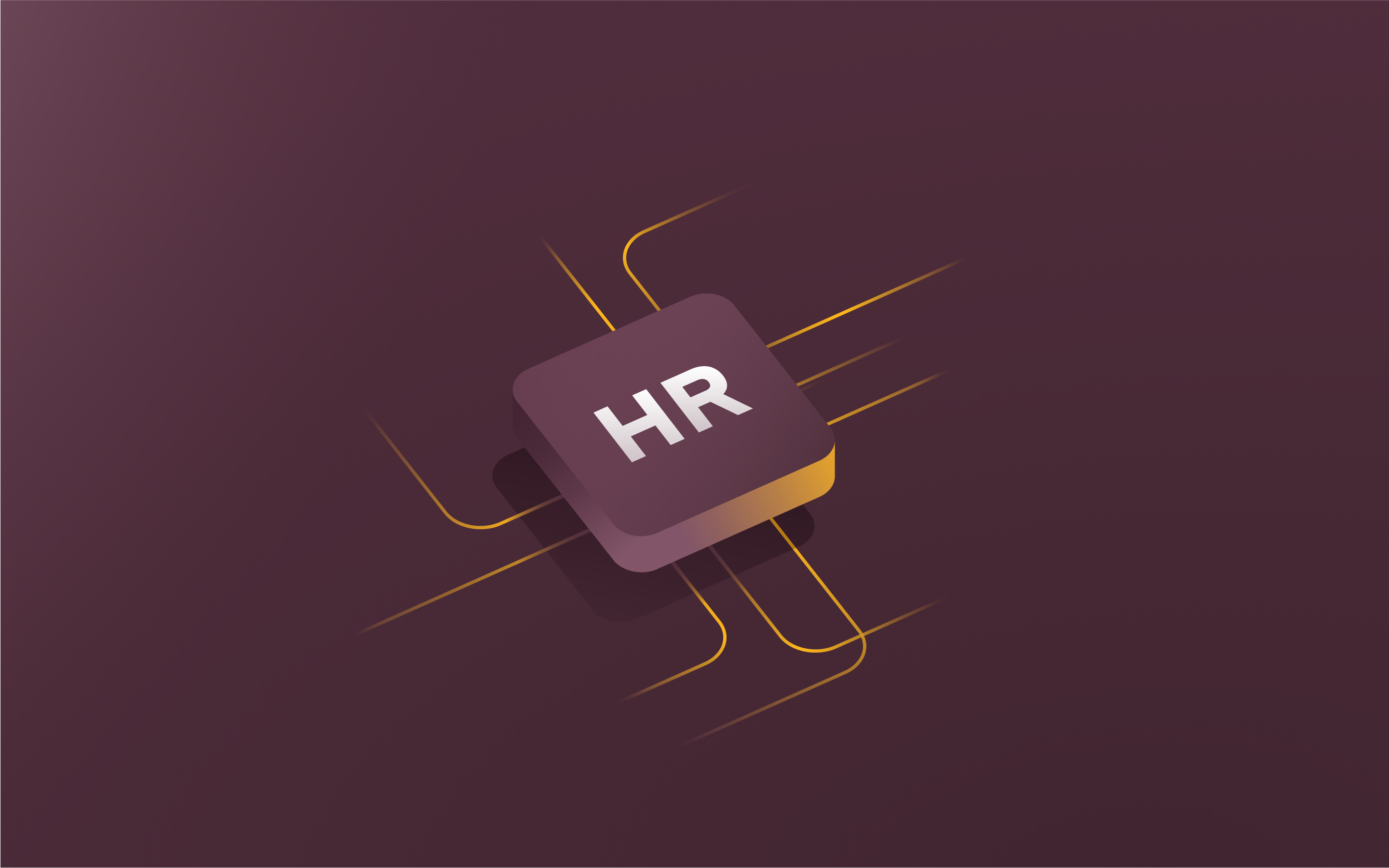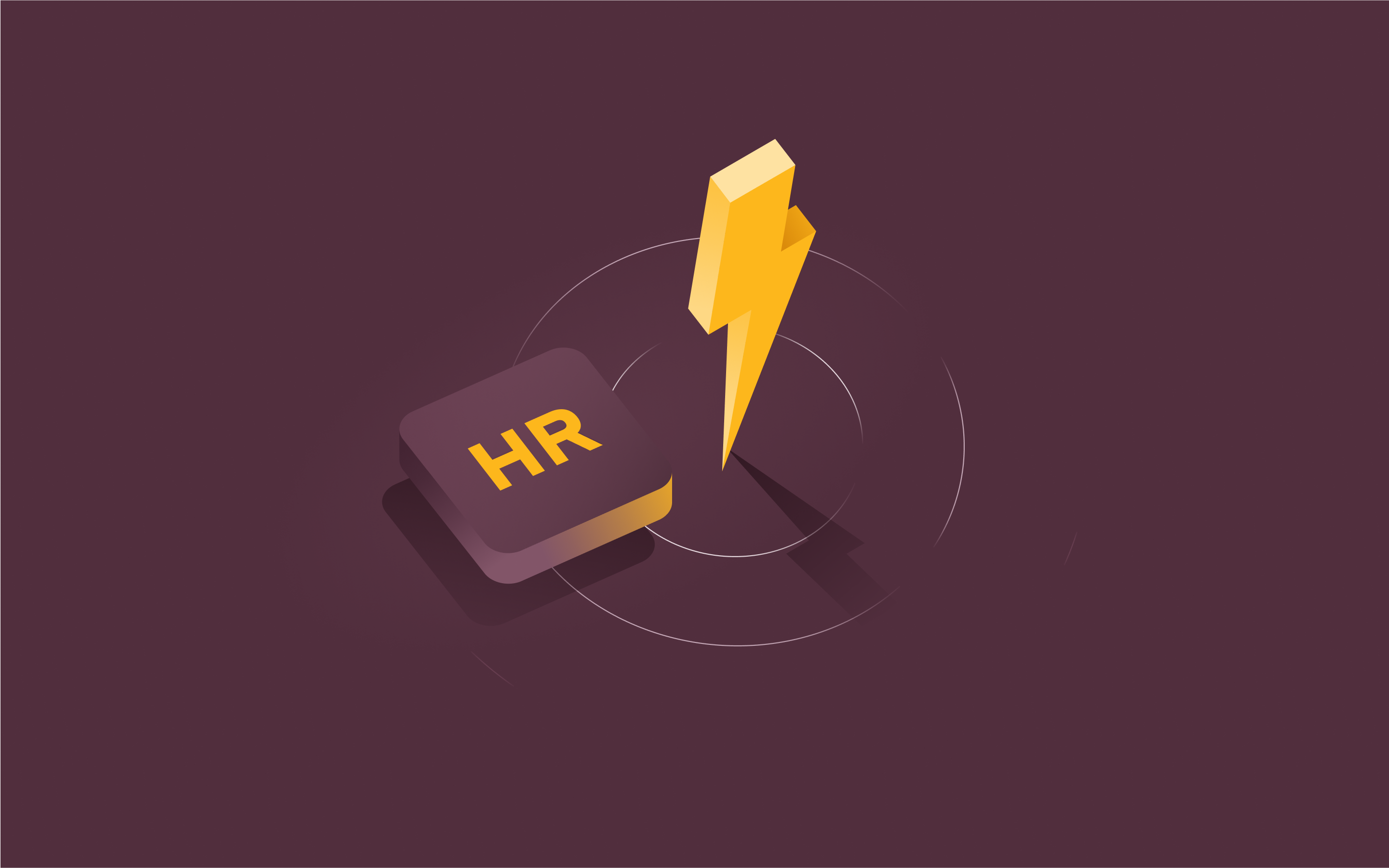The 8 best Paycom competitors

Human resources and payroll software solution Paycom is among the better-known Human Capital Management (HCM) solutions available, but is it the best choice for your business? Depending on your organization’s needs, Paycom may lack important features. Or perhaps the ‘employee-driven’ approach isn’t a good fit for your workforce.
Fortunately, HR professionals are spoiled for choice when it comes to high-quality HCMs. These Paycom alternatives include a diverse set of tools and features and cater to a wide range of business types.
8 Paycom alternatives
If you’re currently shopping for an HCM or Human Resources Information System (HRIS) solution and are curious about your options, the list below includes some of the top alternatives to Paycom currently on the market.
1. Rippling
A comprehensive HCM solution, Rippling allows you to manage your HR, IT, and finance functions in a single platform. The centralized approach not only provides you with a unified set of employee data but also offers an unprecedented level of insight into your organization’s data.
Customizable workflows that operate across Rippling and over 600 third-party apps and tools allow you to automate the entire employee lifecycle, from hiring to payroll to offboarding and everything in between.
Key features of Rippling:
- Automations and workflows that work across HR modules and automatically enforce federal, state, and local time and labor rules
- More than 150 pre-built reports capable of synthesizing data from across your HR, IT, and finance functions
- Comprehensive customer care that scales from self-help solutions to live video calls with screen sharing
2. BambooHR
BambooHR’s human capital management system (HCM) includes a solid selection of features for small businesses seeking help with administrative HR tasks like payroll, benefits administration, time and attendance tracking, and basic HR reporting and analytics. The platform also offers a performance management tool for an additional fee.
Key features of BambooHR:
- Straightforward, intuitive user interface designed to make the software accessible and easy to adopt straight out of the box
- Users praise the customer support experience and continuous learning materials
- Easy-to-follow workflows for common HR processes like hiring and onboarding with simplified task lists
If your organization needs sophisticated reporting or highly customizable workflows, you may find BambooHR’s features somewhat limited. The platform includes only four out-of-the-box workflows that don’t automate across HR modules and just 47 template reports.
3. ADP Workforce Now
ADP has been in the payroll industry for almost 80 years. From simple payroll processing, the company has grown into a diverse collection of HR solutions for tasks ranging from payroll to performance management. ADP Workforce Now, an enterprise HCM solution, incorporates talent management, talent acquisition, benefits administration, time and attendance, and payroll.
Like Paylocity, ADP’s array of features, add-ons, and integrations may prove overwhelming or difficult to implement. While ADP does offer trainings and certifications to help develop new customers into power users, they may be time-consuming.
Key features of ADP Workforce Now:
- Custom workflows with automated alerts and notifications
- Comprehensive payroll tool with unlimited payruns in the US and coverage in over 140 countries
- Centralized, secure storage and retrieval of employee and contractor records, including pay records and Forms W-2 and W-9
For such a complex and comprehensive tool, ADP Workforce now offers surprisingly limited reporting and analytics functions. If you want to venture beyond the pre-built reports or synthesize data across systems and tools, you’ll find yourself frustrated.
4. Gusto
An HRIS solution catering to small businesses, Gusto offers assistance with several HR functions, including payroll, workers' compensation, benefits administration, time and attendance tracking, and hiring and onboarding. However, some high-stakes features, such as payroll and tax compliance, don’t come cheap: Gusto limits them to the highest-level plans.
Key features of Gusto:
- Payroll compliance for both American and international employees and contractors
- Payroll processing coverage across 120 countries
- Self-onboarding platform with easy-to-follow task- and checklists for new hires
Unless you plan to use Gusto as your one-stop shop for all of your HR administration, the limited selection of integrations may prove problematic. Likewise, Gusto offers only 40 pre-built reports capable of pulling data only from within its own system.
5. Paycor
A payroll software that evolved into an HCM tool, Paycor remains a payroll management solution at its core. While features like time and attendance tracking and leadership management are available on some plans, the bulk of Paycor’s offering focuses on relieving the administrative burden associated with payroll for large enterprises.
Key features of Paycor:
- Offers performance management, benefits administration, time tracking, and payroll administration features
- Automated compliance support includes real-time payroll changes and automatic overtime calculation
- Employee self-serve options for payroll allow employees access to compensation as they earn, rather than waiting for pay runs
Users report difficulty using the reporting function, which doesn’t allow self-serve custom fields and includes a limited number of templates. Extra fees for basic functions like time and attendance tracking may not appeal to a budget-conscious organization.
6. Paychex Flex
A payroll tool with extras, Paychex Flex provides support with all aspects of payroll administration, along with a handful of other HR options. For an additional fee, Paychex will also assist in brokering retirement plans, health plans, and business insurance. If you’re a small business or a startup, this can mean lower rates when you take advantage of Paychex’s bargaining power.
Key features of Paychex Flex:
- Human resources and compliance tools, including labor posters, performance management features, and a handbook builder
- Easy-to-use mobile apps for employees and employer
- Automated payroll tax administration and compliance workflows
Built decades ago to perform a single function, Paychex has struggled to evolve in the HR tech landscape. You won’t find many third-party integrations, and adding or removing features from your Paychex plan can entail a complete system overhaul.
7. Paylocity
A cloud-based HRIS and payroll administration tool, Paylocity offers small and midsized business support with time and attendance, benefits management, and performance management tools.
Key features of Paylocity:
- Global payroll in over 100 countries
- 360 integrations with third-party apps and tools
- Centralized compliance dashboard
If your business relies on contractors, either at home or abroad, or needs support with hiring and onboarding, you’ll want to look elsewhere. Paylocity does not support contractor payments and limited job posting, applicant tracking, and interviewing features.
8. UKG Pro
A robust HCM tool designed for larger enterprises, UKG Pro offers organizations with a high headcount sophisticated tools, workflows and automations needed to manage the employee lifecycle. Powerful and highly customizable, UKG Pro has a steep learning curve to match its capabilities.
Key features of UKG Pro:
- Smart Tax Search tool simplifies tax code lookup for accurate payroll tax reporting
- Talent management tool provides end-to-end support for recruiting, onboarding, and succession planning
- Automated regulatory updates for payroll tax compliance
Paycom's limitations: A closer look
Even if Paycom checks all the boxes on your list of ‘must-have’ features, you may want to consider an alternative solution. Like all HRIS and HCM tools, Paycom has limitations that can impact implementation and adoption, decreasing the return on your investment.
- User interface complexity. The more complex or confusing your employees find a software solution, the less likely they are to use it consistently and correctly. Paycom bills itself as an ‘employee-driven’ solution that aims to remove barriers between employees and their HR data; however, users report difficulties accessing information and navigating through the system.
- Limited integrations. Compared to the other options listed, Paycom offers a small number of native integrations and doesn’t connect with popular tools like Quickbooks.
- Complex implementation process. Multiple customers report that the time to get Paycom up and running far exceeded their expectations. These companies needed extensive support from a technical specialist to properly configure Paycom and connect with other HRIS tools, making it a poor fit for organizations searching for a ‘plug-and-play’ solution.
Rippling: Your favorite HR software
Rippling unlocks the potential for advanced automation, analysis, and reporting by consolidating HR, IT, and finance functions in a single platform. Rippling's HCM software features allow you to automate the entire employee lifecycle, from onboarding to time and attendance to payroll and benefits management.
Frequently asked questions
What features should I look for in a Paycom software alternative?
When evaluating a Paycom alternative, start by thinking about your must-have features in an HCM. All the sophisticated expense approval workflows and advanced reporting in the world won’t matter if what you really need is automated payroll compliance. Once you’ve narrowed down the selection based on capability, consider how well a proposed solution integrates with your existing tools and any challenges associated with implementation.
What makes Rippling an excellent competitor to Paycom?
While both Rippling and Paycom help relieve the administrative burden placed on HR professionals, Rippling goes much further. Rippling leverages a single source of truth for employee data across HR, IT, and finance, allowing you to manage all aspects of the employee lifecycle from a centralized platform. Rippling users also benefit from powerful analytics and reporting capabilities that pull from across HR modules.
What are the critical differences between Rippling and Paycom?
Unlike Paycom, which limits data imports from third-party apps, Rippling makes it easy to connect all your tools and solutions to create a single source of truth for employee data. Rippling also offers more powerful automation, with action triggers for events across Rippling and external apps. Finally, Rippling reporting goes beyond pre-built templates, bringing together data from multiple HR modules to create custom reports.
vThis blog is based on information available to Rippling as of August 6, 2024.
Disclaimer: Rippling and its affiliates do not provide tax, accounting, or legal advice. This material has been prepared for informational purposes only, and is not intended to provide or be relied on for tax, accounting, or legal advice. You should consult your own tax, accounting, and legal advisors before engaging in any related activities or transactions.










